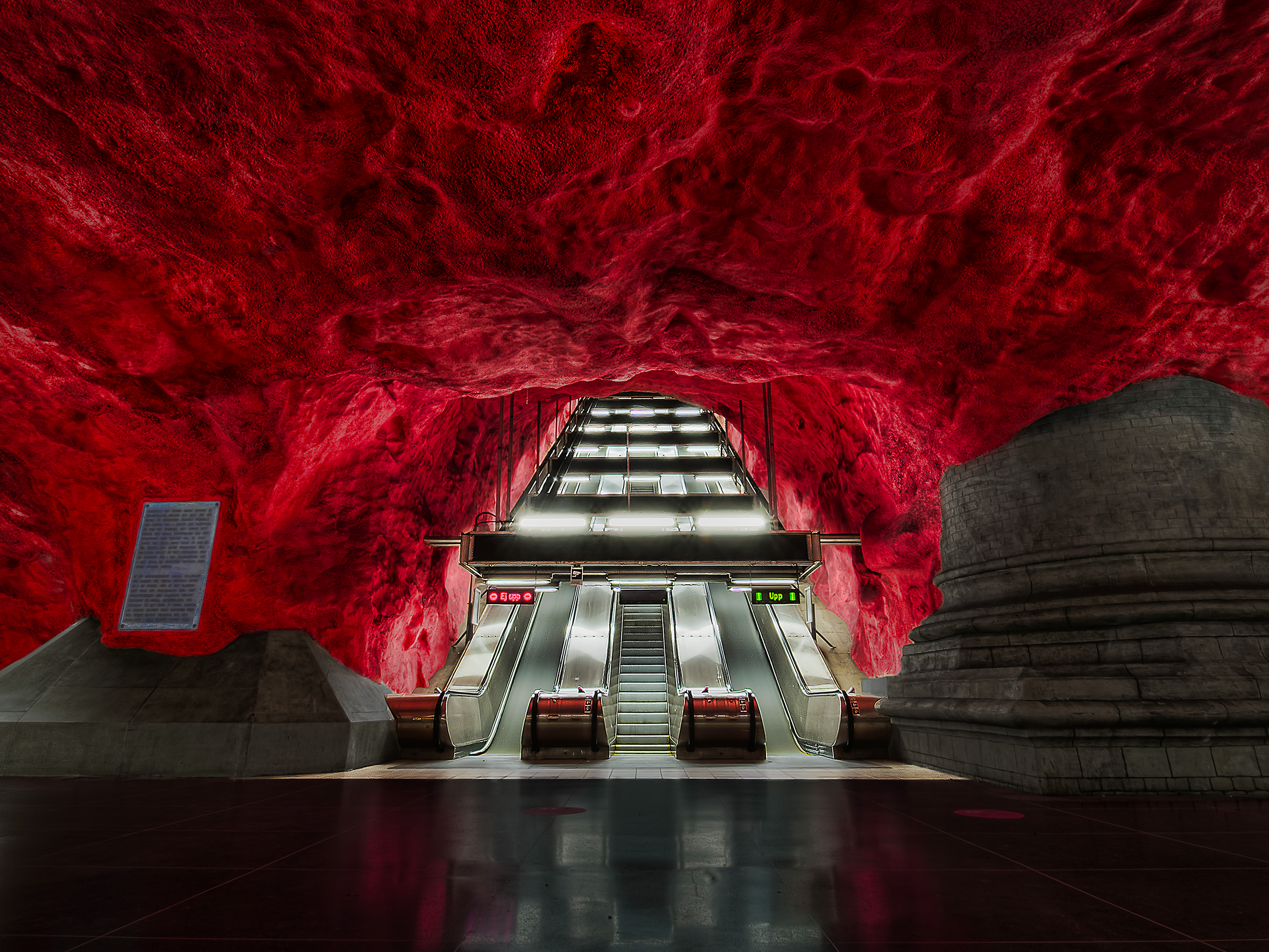Some of the world’s leading cities are plagued by traffic jams and late trains, while others run like clockwork.
So which cities have the best infrastructure?
The 2017 Quality of Living Survey from human resources consulting firm Mercer, released last week, ranks cities according to – among other things – the quality of their public infrastructure.
The ranking is based on public transportation, traffic congestion, and the range of international flights from local airports, electricity supply, water availability, telephone and mail services.
Take a look at the 21 cities with the best infrastructure and a glance at how public transport operates in different locations across the world.
T=19. Stockholm, Sweden — The Swedish capital has an underground as well as a large network of eco-friendly buses. The Stockholm underground is known as "The World's Longest Art Gallery" as so many of its stations feature large public art installations.

T=19. Oslo, Norway — All public transport in Oslo is part of the same price system. A ticket is valid for the Norwegian capital's buses, trams, subways, and ferries.

T=19. Helsinki, Finland — Like Oslo, a single ticket in Helsinki is valid on the city's trams, buses, metro, and ferry.

T=17. Vienna, Austria — The Austrian capital's public transport system is well-renowned. One ticket buys access to all subways, trams, local trains, and buses. Vienna operates on an honesty system, which means that there are no ticket barriers or formal checks.

T=17. Toronto, Canada — Toronto has North America's third largest public transit system after New York City and Mexico City. The historic Union train station is the hub of Toronto's transportation network.

16. Dallas, Texas, USA — The Texan city is served by Dallas Area Rapid Transit system (DART). DART includes bus, light rail, and streetcar services.

14. Montreal, Canada — Montreal has an efficient metro transit system which is the best way to get around in the city.

14. Atlanta, Georgia, USA — Atlanta is served by MARTA, the city's speedy and efficient rapid transit rail system. It runs from the city's airport.

13. Paris, France — Paris has a widely-used metro service, which has 16 lines traversing the city.

12. Yokohama, Japan — Japan's second most populous city has good links with the capital, Tokyo, as well as a subway network and ferry links.

T=9. Zurich, Switzerland — many residents of the Swiss capital choose to get around the city on foot, and there are also buses, trams, and trains, which run from the airport.

T=9. Vancouver, Canada — The city is served by a wide range of public transport, including public buses, a rapid metro service, and a cross-harbour ferry.

T=9. Hamburg, Germany — As in many German cities, public transport in Hamburg is about as good as it gets. A ticket buys users access to the HVV network, which covers underground, overground, bus, train, and ferry services.

8. Sydney, Australia — Sydney's public transport system has a big network of train, bus, and ferry services, as well as speedy airport links.

T=6. London, UK — London's world-famous underground operates across the whole city, and is complemented by a big fleet of the capital's iconic red buses.

T=6. Hong Kong — The autonomous territory has excellent public infrastructure. Public transport in Hong Kong is some of the world's best. Bus routes cover most of the area, and there are frequent ferries between the islands that make up the territory. There are also trains running to mainland China and a highly efficient underground service.

5. Dusseldorf, Germany — Dusseldorf is one of the three German cities to in the top 5 spots. Public transportation — which includes buses, streetcars and a subway network — is speedy, efficient, and cheap.

4. Copenhagen, Denmark — Public transportation in the Danish capital is reliable and cheap. A single ticket buys access to waterbuses, trains, and the Metro.

T=2. Munich, Germany — Munich is the second German entry in the top five. Like Copenhagen, a single ticket buys users access to the whole public transport network, which includes a U-bahn (underground), S-bahn (suburban trains), trams, and buses.

T=2. Frankfurt, Germany — There are no turnstiles or other barriers in Frankfurt's public transport system — which, like Munich, includes a U-bahn, S-bahn, and a tram network.

1. Singapore — Singapore's highly efficient and super-fast public transport is world-famous. Residents use the mass rapid train (MRT) system. The MRT has 106 stations and is the second-oldest metro system in south-east Asia.


